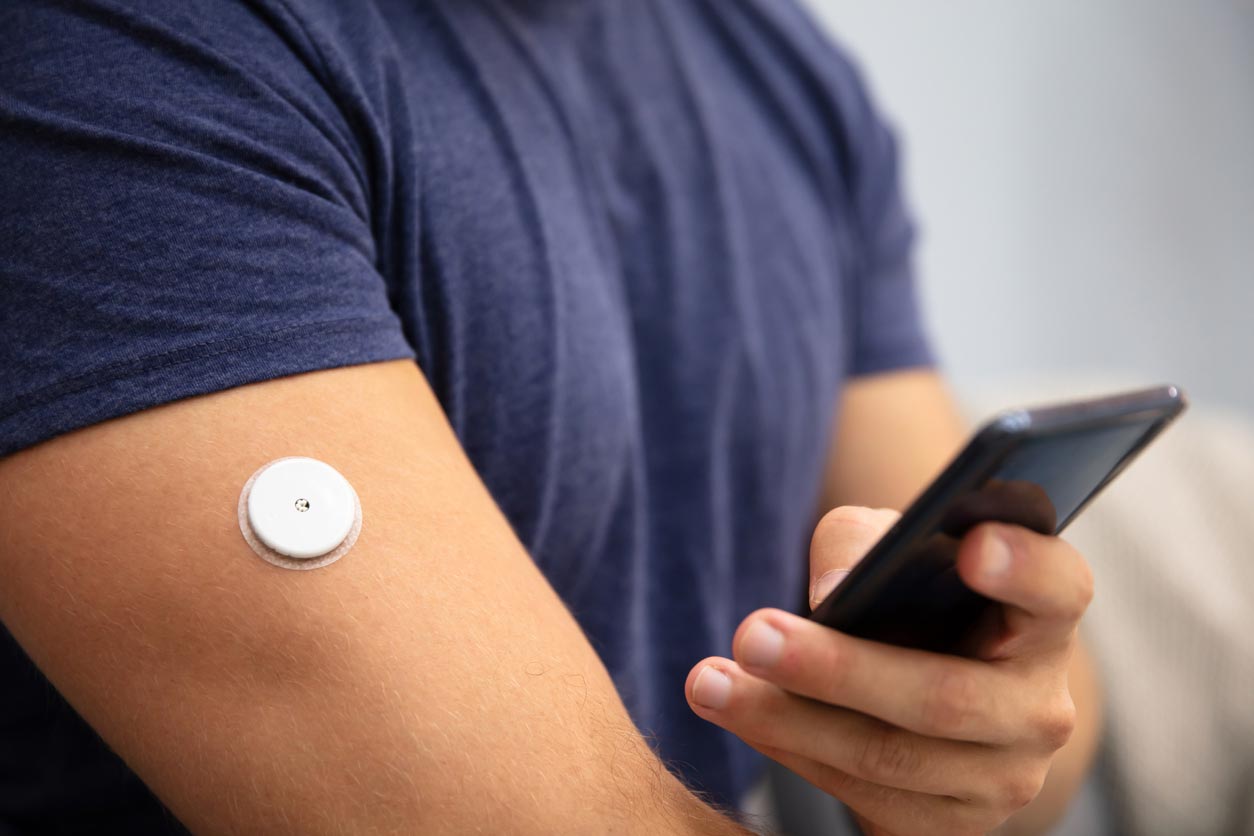The term User Experience (UX) Design encompasses all aspects of a person’s experience with a product or a service. The remit of UX Design goes beyond just app design – it’s a holistic approach that considers all interactions and touchpoints that stakeholders and end users have with a system.
In wearable medical device terms, this rigorous and human-centered approach to design is even more important, as usability can influence the effectiveness of a therapy. The Industrial Design of the device, patient ergonomics, the user interface, any partnering apps or software, the packaging, its accessories and consumables, and the design of any literature including the Instructions For Use (IFU) all have their part to play. We should also create space for innovation and experimentation to improve the more qualitative aspects of the system.
Here are 5 ways to incorporate UX and User Centered Design (UCD) principles into the development of your wearable medical device and its ecosystem:
1. Connect with stakeholders early
- Engaging with a user group and an expert panel at the early stages of discovery (before any product development has taken place) provides a valuable forum to understand the contextual issues, test your assumptions, and early ideas, directly with different user groups. These stakeholders are likely to have varying levels of expertise and peripheral users may have infrequent interactions with the system. But spending time to listen and learn in the early stages will avoid wasting time and budget pursuing misguided solutions.

2. Consider where the device will be used
- For a wearable device, it is likely that you will need to consider a wide variety of environments beyond the traditional setting of a hospital or clinic and the assistance of a trained professional. This requires us to shift away from the traditional mindset of thinking of these products as healthcare devices to a personal device that fits within a user’s everyday life. The device will also need to operate optimally in all these contexts of use, which could have a significant impact on the design requirements.
This collaborative approach also reduces the gap between the prototype and a commercial product, because manufacturing feasibility can be explored relatively early on.
3. Identify problems and pain points
As the UX of wearable devices has matured, users’ expectations have changed and there is a lot we can learn by observing and analysing subtle behaviors and preferences. Learning about the people who will use the device, and uncovering their problems and frustrations helps create new opportunities for innovation. This could include reviewing current literature, competitor product analysis, stakeholder interviews, or surveys with users of other products.
4. Focus on different modes of use
Users of wearable medical devices rely on efficient and logical flows to complete tasks, without hesitation or confusion. This could include onboarding and setup, routine use, maintenance, charging schedules and many other tasks. With a wearable device, improving the experience and flow of each interaction will simplify and reduce the complexity of the underlying system or technology for everyone, and limit user error. There are also likely to be many different paths a user can take when interacting with each touchpoint, so it’s important to consider what happens when a user approaches a task in a way that wasn’t originally intended.
5. Follow a structured design process
- Following a design process does not automatically result in a good user experience. But it does maximise the chance of finding the best solution, and limit instances where those solutions are diluted or overruled by default assumptions or personal preferences. To ensure a consistent experience the same UX/ UCD techniques and toolkits should be utilised for every aspect of the device and the system surrounding it.
Wearables in the healthcare sector can and should strive for a more complete and optimal user experience that fits seamlessly into a patient’s everyday life. By leveraging good UX principles and a user centered approach to design, we can optimise our designs with the people who will wear these devices, develop a deeper understanding of their frustrations, and think above and beyond safe and effective use.
Want to know more?
Tone is a London based creative product design agency. If you’d like to talk to us about what we do or tell us about a new project, send us an email at:
We’d love to hear from you.
Read more of our news
Tone Talks to Fast Company About Design for Health
Just because something technically does its job doesn’t mean that people will be happy to use it.
Read more